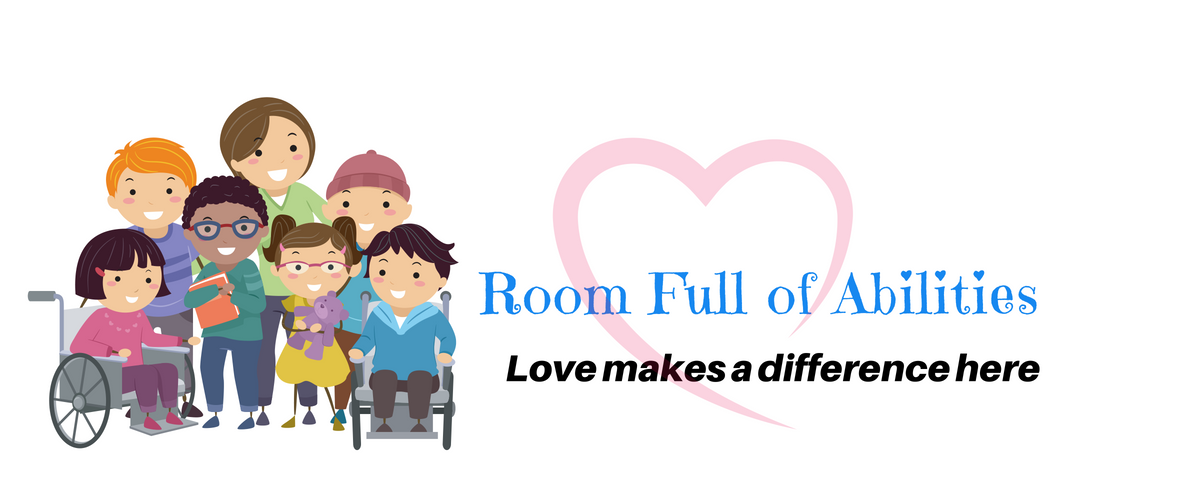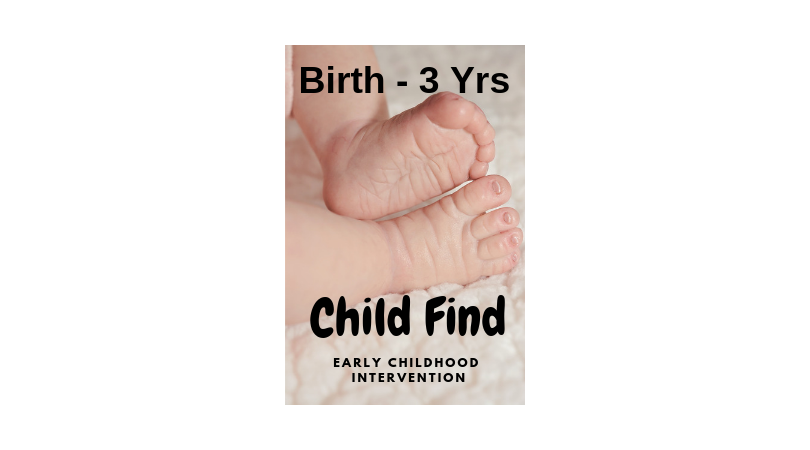This post may contain affiliate links and as an Amazon Associate, I may earn a small compensation from qualifying purchases. All opinions and recommendations are my own.
If this article helps you or a friend, provides you with great information and/or blesses you by providing some comfort: PLEASE PIN, LIKE AND SHARE so that others will be blessed too!!
- If you want to buy a gift, look below for some “learning” toys recommended by a teacher! Thank you for purchasing through my links, it helps keep this website going and it is my passion to keep teachers and parents informed through here!
TEACHERS: Check out the learning toys at the end of this post! I know you’ll love them and be amazed at how much the kids enjoy them (they aren’t even aware of how they are improving developmentally while playing!)What is Early intervention anyway?
Who needs it? How do they get it? When does it start? Can doctors help?
What is early intervention?
Early intervention is a range of services, therapies, and even medical accommodations that are specifically designed to help babies and toddlers with developmental delays or disabilities to learn the basic skills that typically develop during the first three years of life in the following areas:
Developmental Areas
- physical (rolling over, sitting up without support, walking);
- cognitive (solving problems, watching others do something and repeating it, following simple directions);
- communication (talking, listening, understanding);
- social/emotional(playing, interacting); and
- self-help(eating, dressing, washing hands).
Examples of early intervention services:
If an infant or toddler has a disability or a developmental delay in one or more of the developmental areas above, that child will likely be eligible for early intervention services. Those services will be tailored to meet the child’s individual needs and may include:
- Medical services – Nursing services -Nutrition services
- Occupational therapy-Physical therapy-Speech and language
- Assistive technology (devices a child might need)
- Audiology or hearing services
- Psychological services/Family Counseling
- Developmental Instruction
Who’s eligible for early intervention?
Early intervention is intended for infants and toddlers who have a developmental delay or disability. Eligibility is determined by evaluating the child to see if he/she does have a delay. Eligible children can receive early intervention services from birth through the third birthday.
How are infants and toddlers identified?
- Sometimes from birth: Sometimes it is known from the moment a child is born that there is a suspected delay or disability. This often is the case for children who are diagnosed at birth with a specific condition. Even before they leave the hospital, this child’s parents may be given a referral to their local early intervention office or even meet with a Service Coordinator. This system is in place becasue research shows that the earlier intervention is implemented, the better for the child and their development.
- Sometimes delays show up later: Some children have a typical birth but may develop more slowly than others. For these children, a visit with a developmental pediatrician to express concerns may lead to an early intervention referral.
When does Early intervention begin?
Early intervention begins as soon as a child is evaluated and it is determined they are eligible for services because of an identified delay or disability. The MOMENT a delay is suspected, From Birth to age 3, a child should be referred to an early intervention center! Who can refer? Parents, doctors, daycare providers, concerned grandparents….
- Contact AzEIP (Ay-zip) – Arizona’s Early Intervention Program – to answer all of your questions and begin the referral process. Within 2 days of the referral, you will be contacted to begin the process.
- Child Find in AZ will help you with any age child you suspect may be delayed, but if the child is birth to 3 they will refer you to AzEIP.
Get a better idea of the timeline you can expect once a referral has been made in Arizona with this flyer:
AzEIP Timeline
QUICK OVERVIEW:
- Early Intervention is for Birth to Age 3.
- The earlier a child is referred for an evaluation, the better!
- Early intervention is designed to help children reach milestones in development that they are not meeting on their own.
- Anyone can refer a child. If they are identified at birth the hospital will help with the referral. If delays show up later a parent can request a developmental pediatrician help, or refer the child themselves. Sometimes a daycare, children’s director at church or someone else will suspect a child could need early intervention and will talk with the parent or give a referral form to them. Whomever and However it happens, the earlier the process starts the better the chances are for improvement
- Delays can be in 5 developmental areas: Physical, Cognitive, Social, Communication, or Self-Help
- Contact The Arizona Early Intervention Program (AzEIP) (For AZ families)
- or search “Early Intervention referral” in YOUR state.
REMEMBER: The law states that you will get an evaluation for free.
YOU as a parent/guardian are your child’s best advocate.
When in doubt: Socialize your child and watch them around peers their age, ask your doctor, seek advice from an early childhood teacher. No one can diagnose or promise services without an evaluation.
Can you help at home?
Being Proactive at home:
Provide fun ways to help develop skills at home. This is a great toy for fine motor, color recognition, sorting, counting, following directions and more! Store the colorful quills inside the hedgehog for easy storage.
- Teachers: I can’t say enough about how awesome this toy is at school! Individual play, a Workbox item, Therapy, 1-1 with Teacher, IEP goal helper!
This bulldozer is excellent for coordination, gross motor skills (even if they are just starting to toddle around) color identification, counting, following directions, listening to music, learning phrases and so much more! Helps them with physical, cognitive, language, and social development!
Let’s not forget about sharing and taking turns! This Leapfrog musical Rainbow Tea Pot is more than a toy! LeapFrog is a trusted brand for early childhood! This will quickly become your child’s favorite (not just for girls!)
- Kids can host a tea party, hear tea gurgling and see it slosh realistically through the teapot’s heart-shaped window. Teapot lights up in 6 colors and plays 7 songs.
- Sing-along songs teach manners and greetings.
- Teaches essential preschool skills from early vocabulary to counting, matching and learning colors, while building social skills like sharing, taking turns and patience.
WHEW! SO much learning while having fun! A MUST have for school and home

